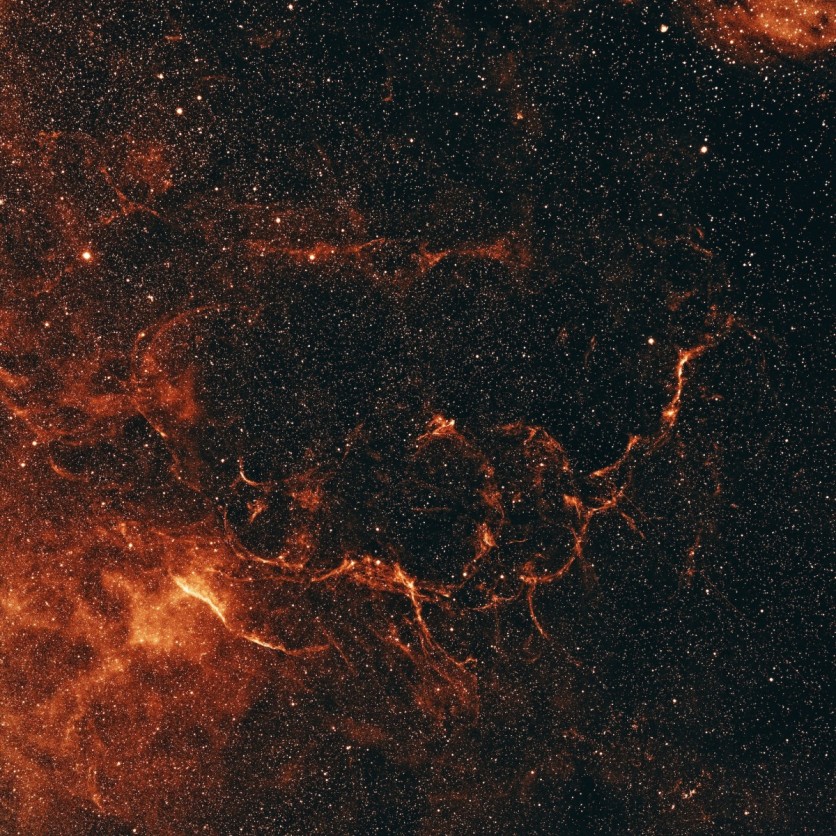A group of astronomers has developed an early warning system before a supergiant reaches the supernova level.
Researchers from the University of Montpellier and Liverpool John Moores University published a study where the massive stars have a warning sign before they explode in the galaxy.
From Massive Star to Supernova

In a report by Phys.org on Thursday, Oct. 13, the astronomers said that there's an indication that a massive star is about to meet its demise in space.
The enormous stars between 8 and 20 solar masses signal a hint that they are nearing their end phase, dubbed the "supergiant" phase. According to astronomers, the supernova mode is evident when the stars begin to show streaks of faint light in their last months.
Before they explode into a supernova, the dimming becomes more intense, and by that time, the accumulation of the material around it reaches the point that even blocks the light.
The experts have not yet discovered the reason why such accumulation takes a lot of time to occur. For this experiment, the astronomers run a simulation about the potential appearance of the massive stars before they explode.
Some scientists managed to capture photos of stars a year before they exploded. In the images, they could not easily tell if the supergiants were already near the explosion phase.
So far, they only knew that the cocoon quickly formed in less than a year. This fast-changing phenomenon has led to researchers' study about the pre-explosion of a giant star.
According to Benjamin Davies, the lead author of the study who is from Liverpool John Moores University, the dense material blocks the light from the star and it makes it 100 times fainter from the visible perspective.
Davies added that we wouldn't clearly see the star there a day before it becomes a supernova.
"Until now, we've only been able to get detailed observations of supernovae hours after they've already happened. With this early-warning system we can get ready to observe them real-time, to point the world's best telescopes at the precursor stars, and watch them getting literally ripped apart in front of our eyes," he said.
The study entitled "Explosion imminent: the appearance of red supergiants at the point of core-collapse" can be accessed on Monthly Notices of the Royal Astronomical Society.
Related Article : Dozens of Gravitational Lenses Could Tell More About the Dark Matter and Evolution of Galaxies
Record-Breaking Energetic Radiation
Science Alert reported earlier this week that a record-breaking gamma burst occurred on Oct. 9. According to the source, the astronomers detected a flash of x-rays from a not-so-far location.
It took some time before they identified the event as a gamma-ray burst. It was called Swift J1913.1+1946 before being rebranded to GBR221009A.
The astronomers calculated that it's only 2.4 billion light years away from the planet, yet it's very violent that it produced up to 18 teraelectronvolts.
This article is owned by Tech Times
Written by Joseph Henry
ⓒ 2025 TECHTIMES.com All rights reserved. Do not reproduce without permission.




